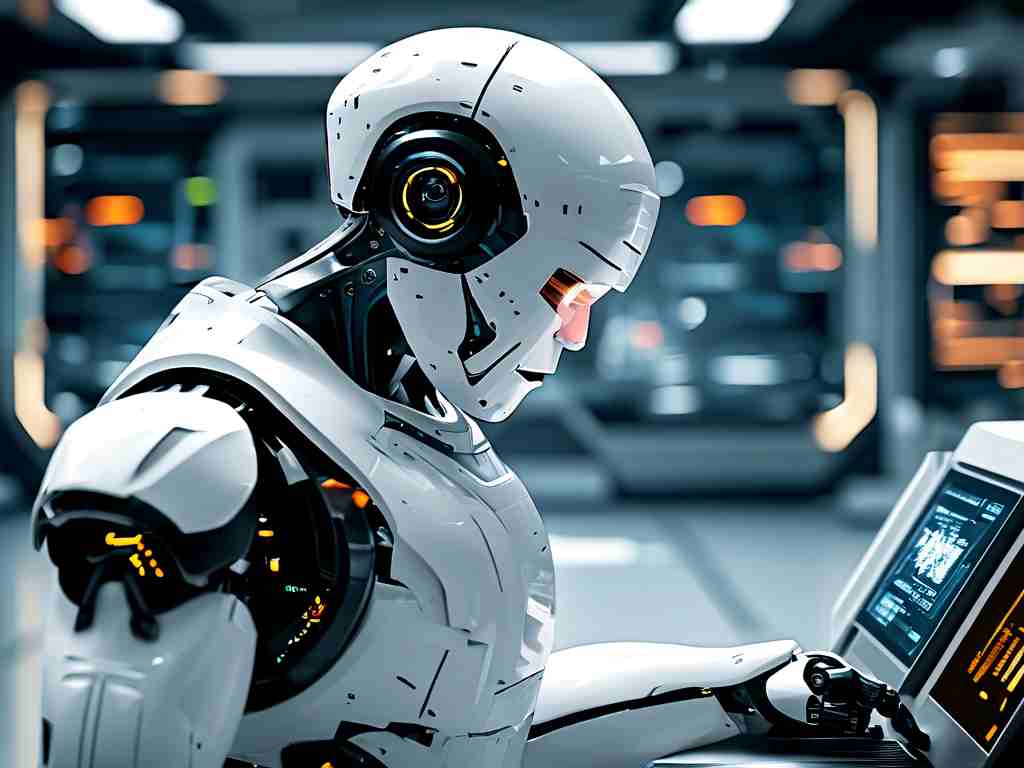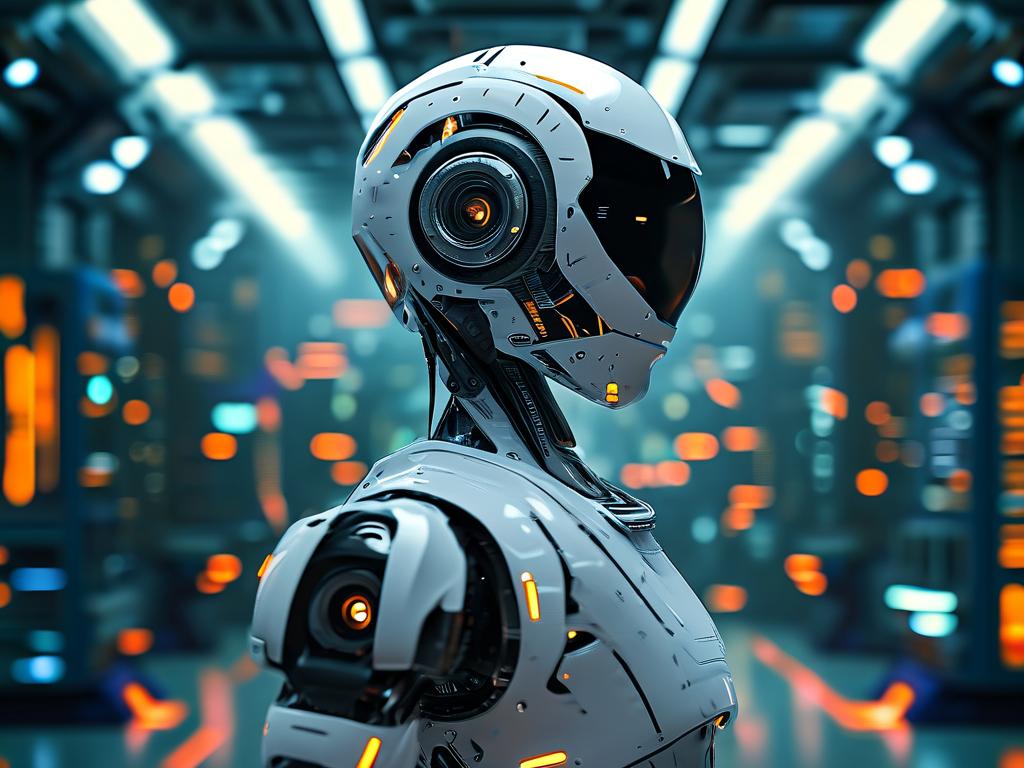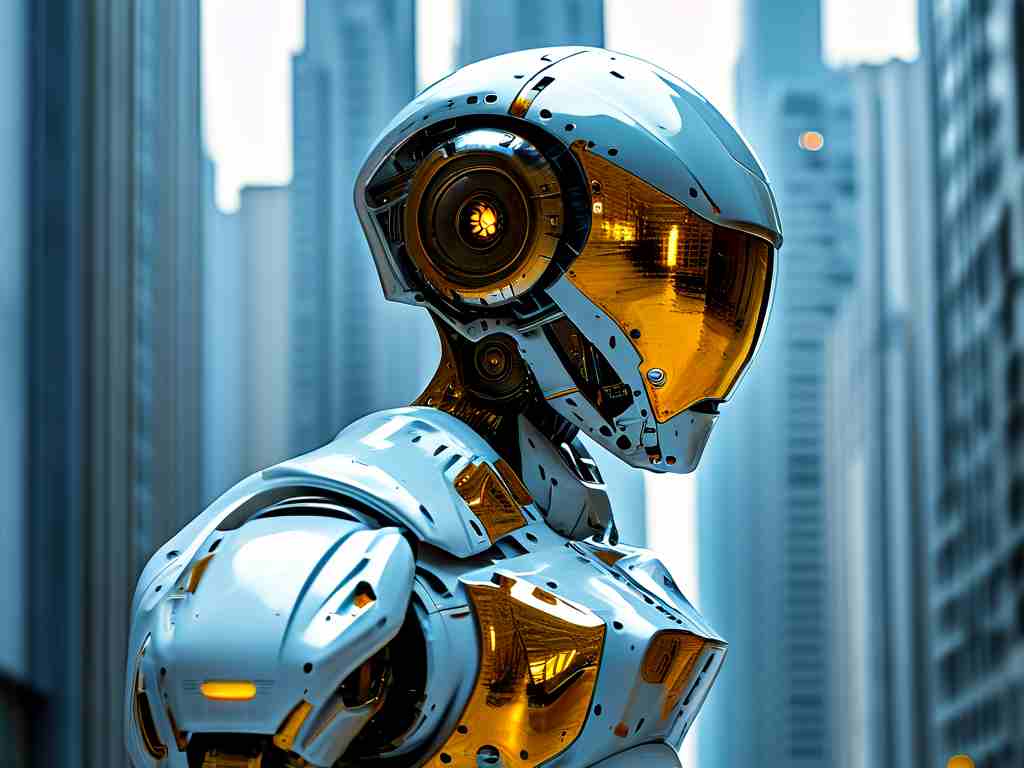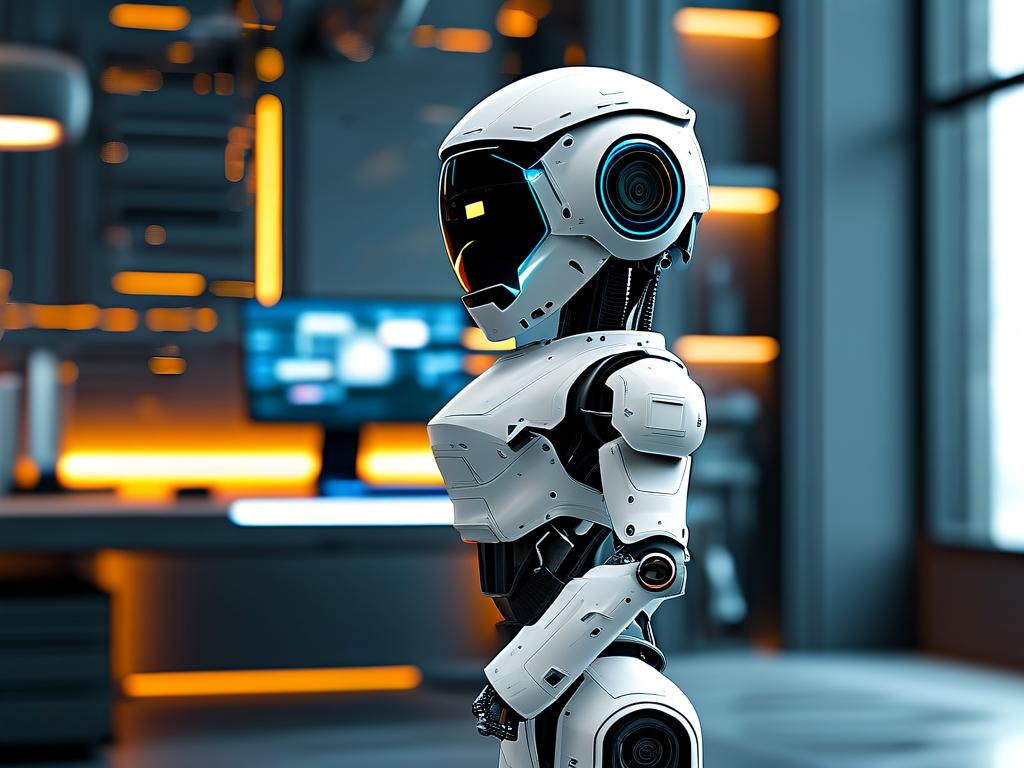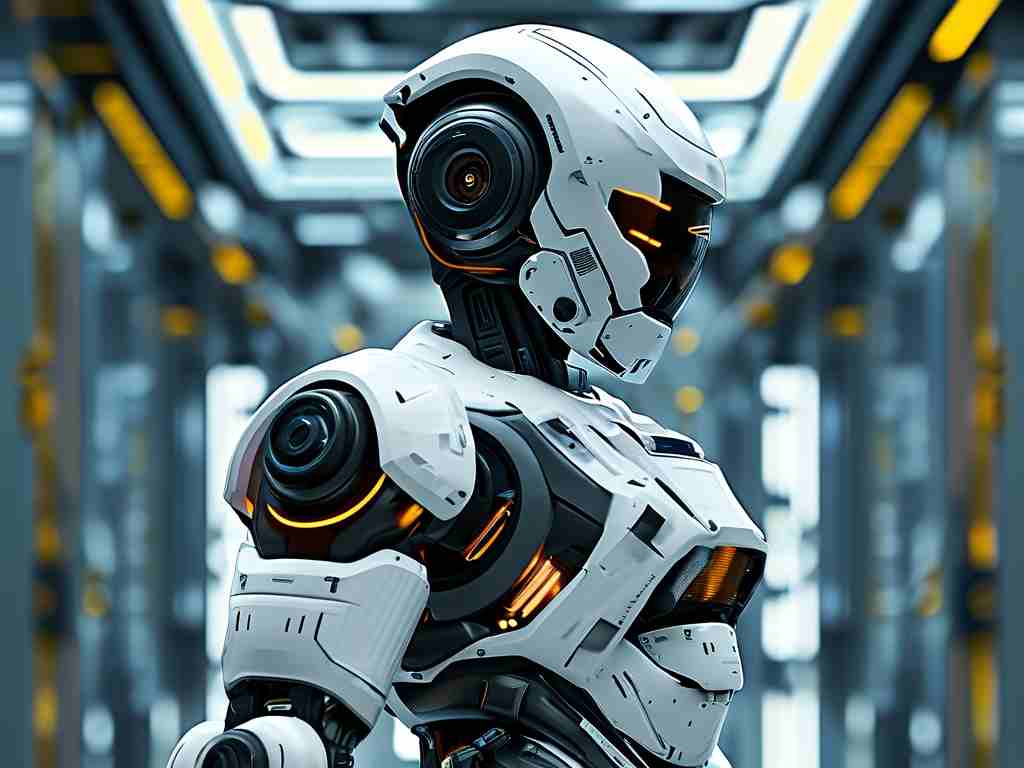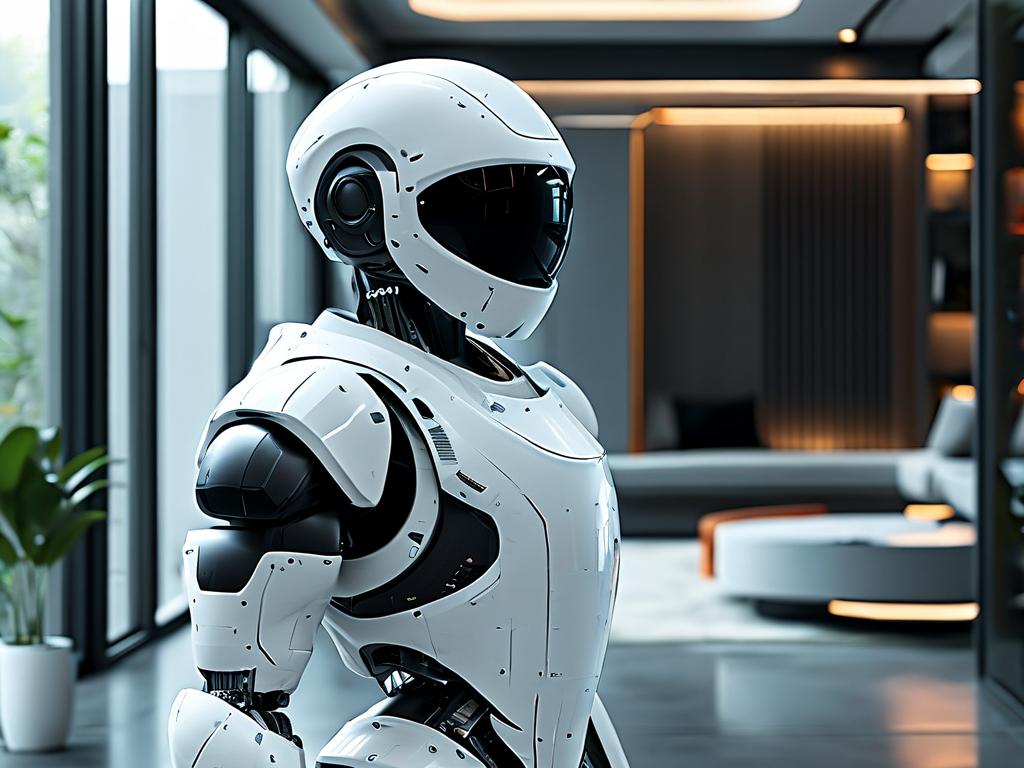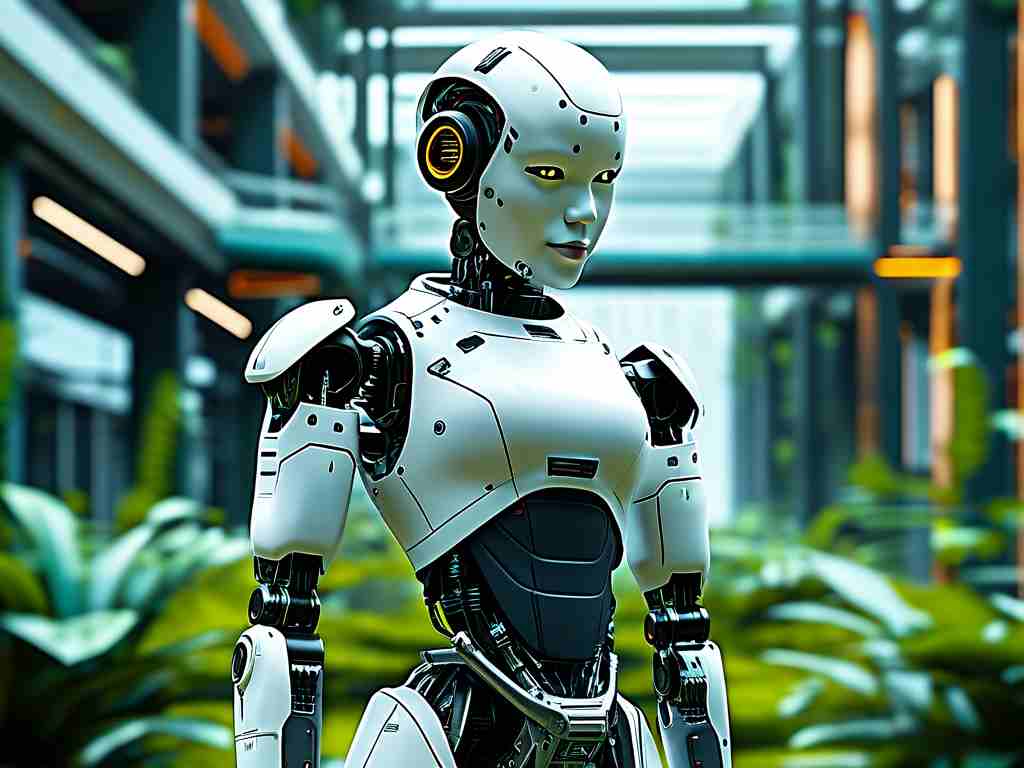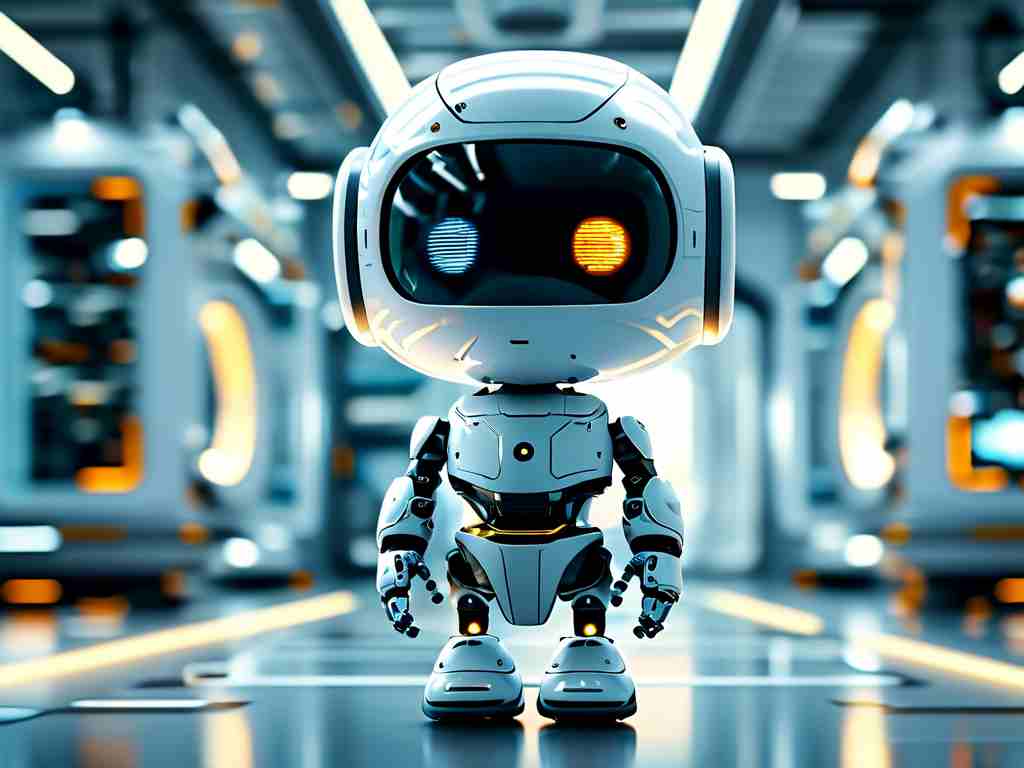The integration of intelligent robotics into modern industries has sparked debates about how to objectively measure its effectiveness. As these systems evolve from basic automation tools to cognitive decision-makers, developing robust evaluation frameworks has become critical. This article explores innovative scoring methodologies that quantify the performance of robotic technologies while addressing real-world implementation challenges.

The Evolution of Robotic Assessment
Traditional metrics for robotics focused on mechanical precision and repetitive task accuracy. However, today's intelligent systems require multidimensional evaluation. A 2023 study by the International Robotics Federation revealed that 78% of manufacturers now prioritize "adaptive problem-solving capacity" over pure speed metrics. Modern scoring models incorporate dynamic factors such as:
- Context-aware decision latency (response time adjusted for environmental complexity)
- Cross-domain knowledge transfer efficiency (e.g., applying manufacturing logic to healthcare scenarios)
- Energy consumption per cognitive operation
These parameters are calculated using hybrid algorithms that combine sensor data with machine learning outputs. For instance:
def calculate_adaptive_score(response_time, energy_use, success_rate):
complexity_factor = log(response_time * energy_use)
return (success_rate * 100) / complexity_factor
Sector-Specific Implementation
In healthcare robotics, the Johns Hopkins Medical Institute recently implemented a 10-point validation scale for surgical bots. This system evaluates:
- Tissue interaction precision (micro-newton force measurements)
- Real-time imaging interpretation accuracy
- Emergency protocol activation speed
Field tests showed a 40% improvement in postoperative recovery times when using robots scoring above 8.5 on this scale. Conversely, industrial logistics bots are graded on "palletization adaptability" – the ability to handle irregularly shaped items without pre-programmed templates. Amazon's latest warehouse robots achieved a 92% score in this category, reducing package damage claims by 17%.
Ethical Scoring Dilemmas
As scoring systems grow more sophisticated, ethical concerns emerge. The European AI Ethics Board recently flagged potential bias in social service robots' emotional recognition scores. Their audit found that systems trained primarily on Western facial expressions scored 30% lower when interpreting Asian subjects' distress cues. This highlights the need for culturally inclusive evaluation frameworks.
Future Directions
Emerging research focuses on "lifespan scoring" – tracking how robotic systems maintain effectiveness over years of operation. Preliminary data suggests that self-maintaining robots retain 89% of their initial capabilities after five years, compared to 62% for conventional models. Additionally, the concept of "ecological scoring" is gaining traction, assessing how robotic workflows impact energy grids and material recycling streams.
The development of universal scoring standards remains contentious. While ISO is drafting global benchmarks, regional variations persist. China's National Robotics Bureau emphasizes swarm intelligence metrics, whereas NASA's space robotics division prioritizes radiation resistance scores. This divergence reflects differing application priorities but complicates cross-border technology transfers.
Intelligent robotics scoring has evolved into a specialized discipline bridging engineering and data science. As systems grow more autonomous, their evaluation frameworks must balance technical precision with human-centric values. The next frontier lies in creating adaptive scoring models that evolve alongside the robots they assess – ensuring these technologies remain accountable, transparent, and aligned with societal needs.


